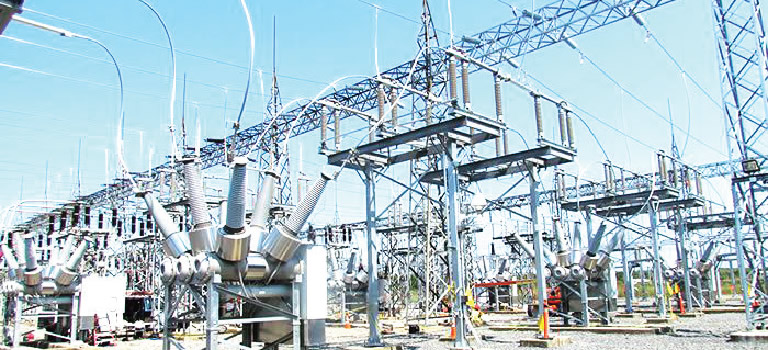Nigerians to Brace for Higher Electricity Tariffs as FG Pushes for Cost-Reflective Pricing
Nigerians should prepare for an increase in electricity tariffs in the coming months, as the federal government moves towards cost-reflective pricing to attract investment and improve power supply reliability.
This was disclosed by President Bola Tinubu’s Special Adviser on Energy, Olu Verheijen, during an interview at a World Bank-backed energy conference in Dar es Salaam, Tanzania, according to Bloomberg.
The Nigerian government presented an ambitious $32 billion plan at the conference, aiming to expand electricity access by 2030. Of this amount, private investors are expected to contribute $15.5 billion, while the remainder will come from public sources, including the World Bank and the African Development Bank.
For years, Nigeria’s electricity sector has struggled with inefficiency, underinvestment, and crippling debt. Despite a power sector privatization in 2013, electricity distribution companies (DisCos) have consistently lamented that government-regulated prices do not cover their costs, leaving them dependent on subsidies to survive.
Verheijen made it clear that higher tariffs are inevitable if Nigeria hopes to build a sustainable power industry. “One of the key challenges we’re looking to resolve over the next few months is transitioning to a cost-efficient but cost-reflective tariff,” she said.
She acknowledged that while tariffs must increase to attract private investment, the government also has a responsibility to shield vulnerable Nigerians from excessive financial strain. “The sector needs to generate revenue required to attract private capital while also protecting the poor and vulnerable,” she added.
Verheijen noted that Nigeria’s power prices need to rise by about two-thirds for many consumers in order to reflect the true cost of supplying electricity. The revenue shortfall has severely hampered infrastructure maintenance and expansion efforts, leaving millions in darkness or reliant on expensive, unreliable alternatives like generators.
Currently, Nigeria has an installed electricity generation capacity of 14 gigawatts, yet only 8 gigawatts can be transmitted, and an even smaller 4-5 gigawatts reaches homes and businesses. The Siemens-led $2.3 billion Presidential Power Initiative aims to improve transmission and distribution networks, but long-term sectoral stability requires more investment.
Meanwhile, the government has made some progress in expanding access. More than seven million rural Nigerians have been connected to electricity through decentralized renewable projects, but a lasting solution for urban and industrial power supply remains elusive.
Beyond just fixing the power sector, Verheijen linked energy reforms to Nigeria’s broader economic vision. “Your energy policies have to be closely linked with your own ambition for your country,” she said.
Nigeria aims to become a $1 trillion economy within five years and transition to an upper-middle-income country within 25 years. However, with the country’s GDP currently hovering just under $200 billion, according to the International Monetary Fund, the road ahead is steep.
For now, the pressing issue is electricity—and whether Nigerians, already grappling with inflation and economic hardship, can afford yet another price hike.

